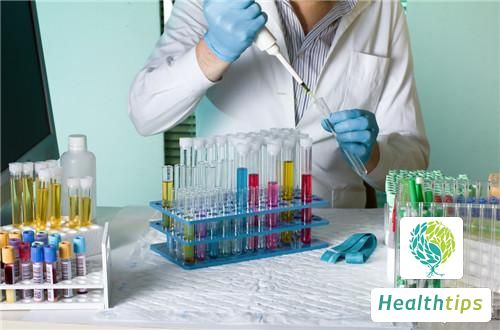Blood perfusion is a common treatment method for uremia. It adds a perfusion device to hemodialysis, which helps remove large molecular toxic substances from the body. Hemodialysis and blood perfusion are different in terms of blood purification methods and treatment effects. Blood perfusion is more effective in removing macromolecular toxins.

1. What is blood perfusion? Blood perfusion refers to adding a perfusion device based on hemodialysis, a treatment method that removes macromolecular toxins or poisons from the body through adsorption. The principle of the perfusion device is similar to activated carbon, containing many small tissue networks. When the poison passes through, it can be adsorbed to achieve the purpose of removing macromolecular toxins from the body. Since the blood perfusion device relies on the adsorption principle, its effect becomes worse when the adsorption is saturated. Therefore, the perfusion device is usually removed after two hours of blood perfusion. If necessary, perfusion treatment can be continued next time.
2. What is the difference between hemodialysis and blood perfusion? They differ in mechanism and blood purification methods. Hemodialysis can only remove small molecular toxins and a small part of middle molecular toxins from the body during the treatment process, while blood perfusion can remove most middle molecular toxins and macromolecular toxins from the blood. Therefore, the treatment effects are different. For uremia patients, there are more than 200 kinds of uremia toxins in the blood, which are divided into three types: large, medium, and small molecular toxins. Many complications are indeed caused by middle or large molecular toxins. Therefore, once complications are found, doctors will assess whether they are caused by middle or large molecular toxins.

